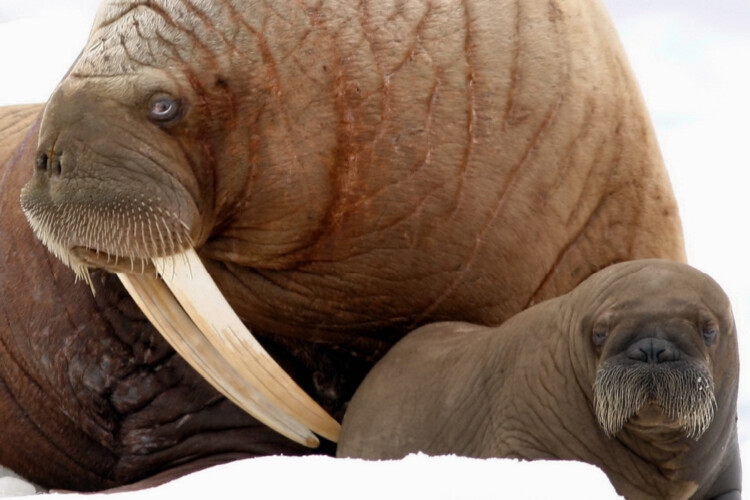Posts about deleted scenes

Four more sleeps until Polar: Wildlife at the Ends of the Earth lands in a bookstore near you! During preliminary research for the book, when I was trying to figure out which adaptations I would cover and which animal ... Read More

Ermines: Serial Killers or Survival Experts?
Predator-prey relationships are a natural part of nature - unfortunate for the prey, but necessary at the scale of ecosystems. As a scientist who studied carnivores, I sometimes forget that I was also a kid who sobbed whenever a ... Read More

How Do You End a Book, Anyway?
This is the original draft of the final scene in The Boreal Forest: Snow falls from a flat grey sky. It hisses in the steam that rises from a hotspring. A snowshoe hare laps at the warm water. She nibbles ... Read More

Hoards: Not Just for Dragons Anymore
Pages 34-35 of The Boreal Forest show boreal birds migrating south for the winter. That scene originally included this snippet, showing a different winter survival strategy: Red squirrels fill their winter pantries. One hauls a mushroom up a pine, wedging ... Read More

The boreal forest is generally considered a northern forest, because boreal species, like pines and birch and rhododendrons, thrive in cooler climates. But cool climates are also found at high altitudes, so boreal forests extend into mountain ranges along ... Read More

Deleted Scenes – Of Flickers and Fire
Sunbeams dance in a birch grove, sparkling off the morning dew. Rat-a-tat-a-tat! A northern flicker drums on a burned stump, then flutters to the soil. It pecks and scratches, licking up ants with its long tongue. In a puddle ... Read More

Four Days Until the Forest!
I will be doing an online reading from The Boreal Forest TODAY as part of the #KCPSpringReading Relay. The video will go live on YouTube, Facebook, Twitter, and Instagram at 2:30 EST, but when it's over, it's gone. Don't ... Read More

Here's a sidebar that I'd originally planned to include on pages 20-21: Iceland's Lake Myvatn is famous—for flies! In summer, up to 50,000 fly larvae hide in every 1 m2 (1.2 y2) of lake bed. Many birds eat these larvae, ... Read More
Loons: Beautiful, Iconic, and Kind of Badass
Next week is March Break, and if you live near Peterborough and have kids that need entertaining.... why not let ME do it? I'm offering two programs on March 19, one of which is special sneak peak at The ... Read More